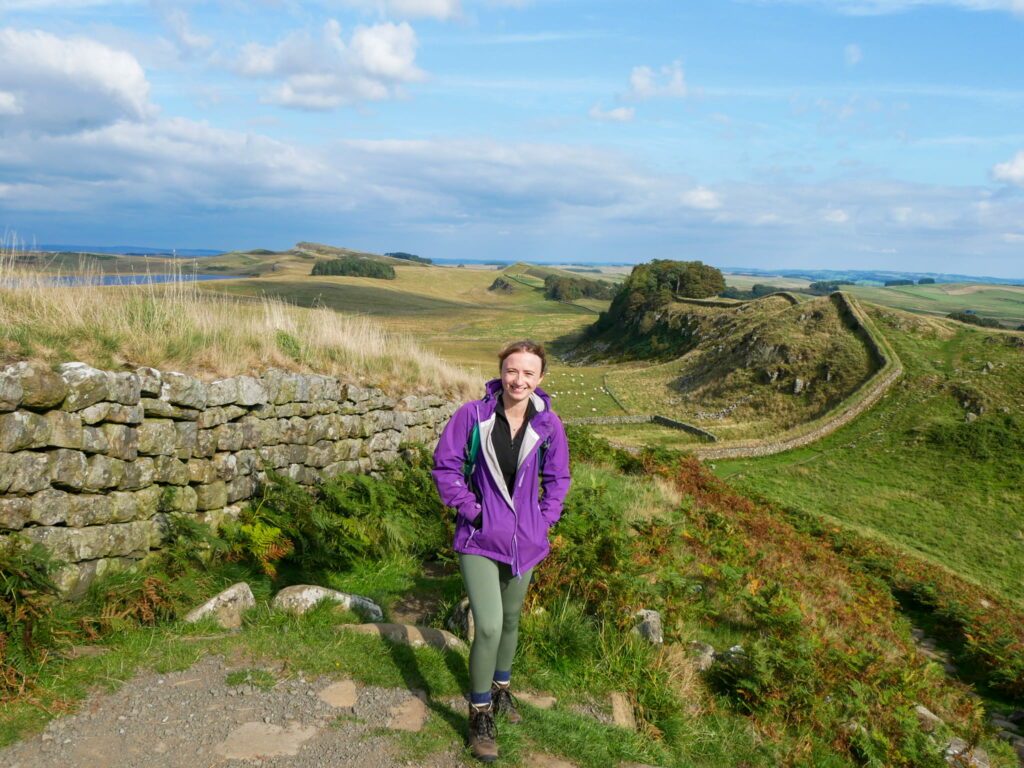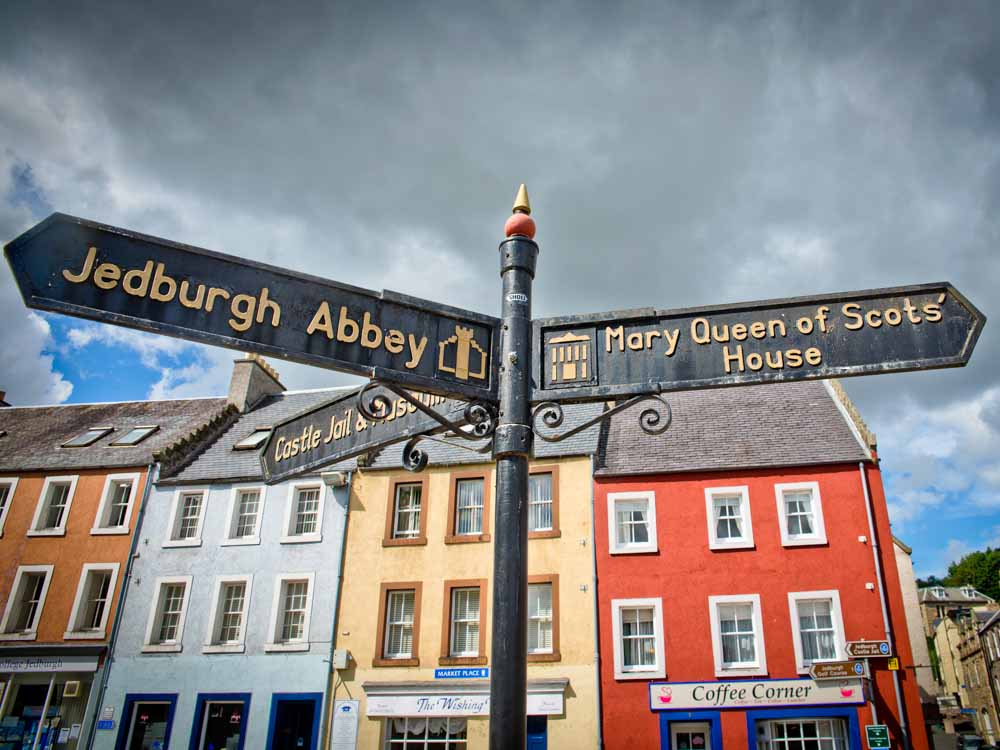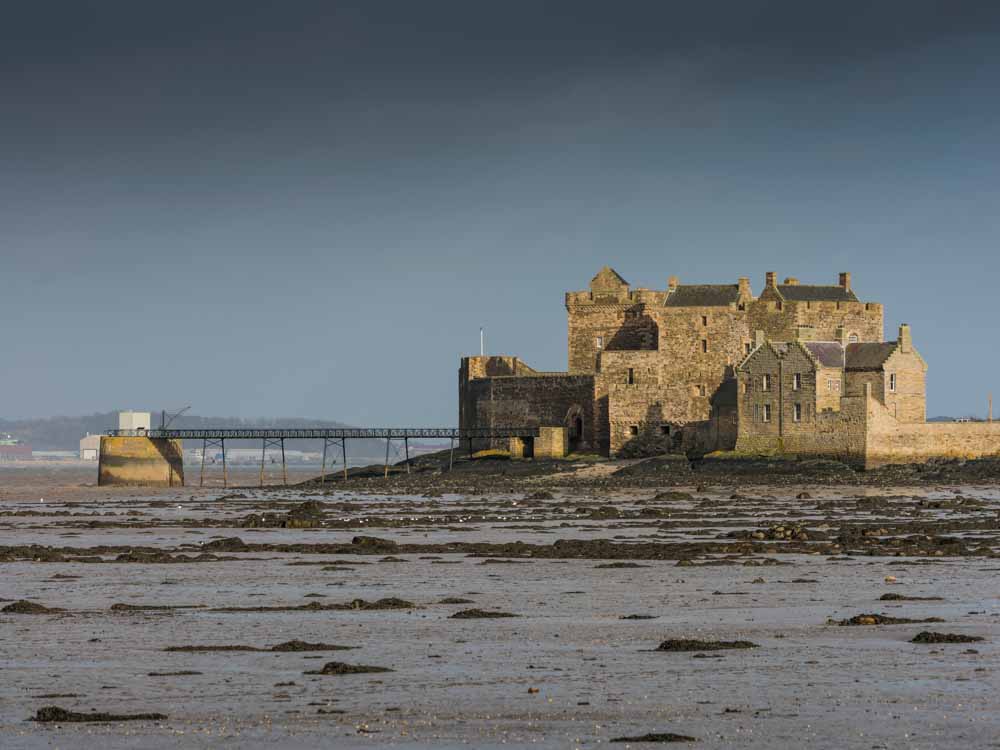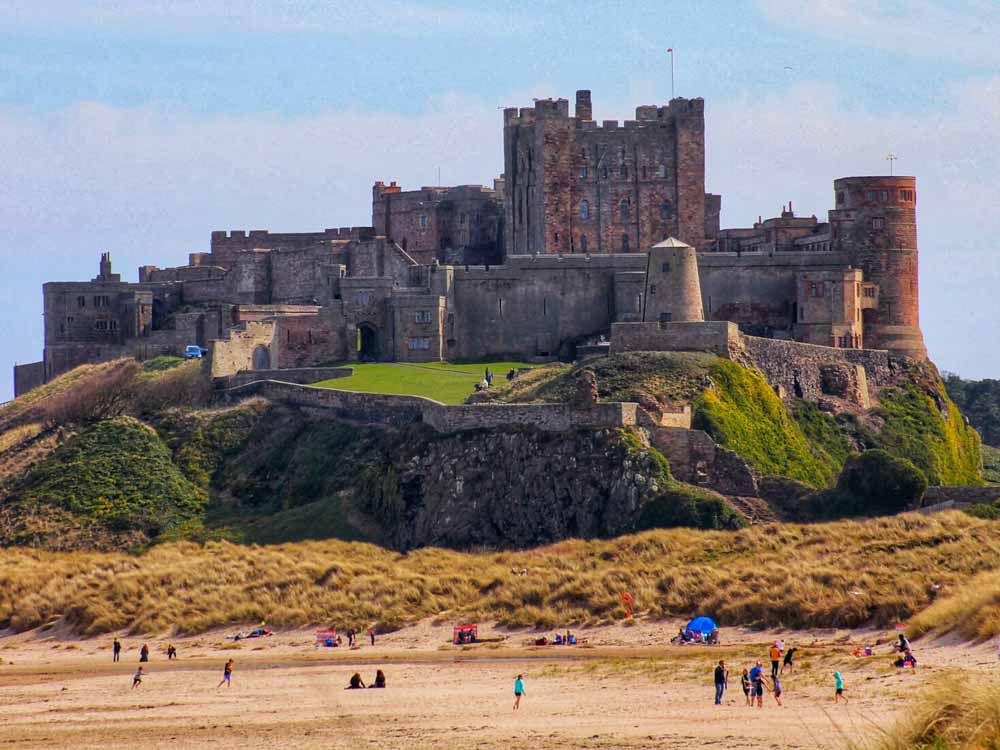Step Back In Time: Britain’s 7 Best Historic Walking Trails
From the architectural marvel that is Hadrian’s Wall and the magnificent Borders Abbeys to the spiritual journey of St Cuthbert’s Way and the Neolithic stone circles of Avebury, Britain boasts a historic landscape begging to be explored.
Absolute Escapes are award-winning specialists in self-guided walking holidays. Read on to discover our 7 favourite historic trails, ranging from challenging treks across Wales to easy ambles along well-trodden paths.
The Ridgeway
There’s no shortage of intriguing historic sites along Britain’s oldest road, also known as The Ridgeway. The trail follows ancient paths through the heart of England, which has been walked by soldiers, herdsmen and travellers for over 5,000 years.
An easy walk to undertake, The Ridgeway starts at Overton Hill near the UNESCO World Heritage Site of Avebury in Wiltshire, with its Neolithic henge monument and mysterious stone circles, and ends at Ivinghoe Beacon in the Chiltern Hills.
This well-established National Trail visits a number of well-preserved Neolithic, Bronze and Iron Age sites, including the famous Uffington White Horse.

Absolute Escapes clients walking The Ridgeway (Credit: Rik Cloet)
Hadrian’s Wall Path
In AD 122, the Roman Emperor Hadrian ordered the construction of a grand frontier from coast to coast across northern England to hold back the advancing Barbarians. Against all odds and the passing of almost 2,000 years, many sections of the wall have survived the test of time.
The Hadrian’s Wall Path runs alongside the remains of this defensive wall, from Wallsend near Newcastle, over rolling hills and misty moorlands, through the historic city of Carlisle, to the Solway coast. With every step, you discover this fascinating UNESCO World Heritage Site and its history, walking with the ruins of a fallen empire.
Highlights include the Roman forts of Segedunum, Housesteads and Vindolanda.

Daisy from the Absolute Escapes team on Hadrian’s Wall Path near Housesteads
St Cuthbert’s Way
Follow in the footsteps of 7th century Saint Cuthbert, from the majestic ruins of Melrose Abbey in the Scottish Borders to the Holy Island of Lindisfarne off the coast of Northumberland in England.
The St Cuthbert’s Way takes you on a pilgrimage, connecting places of historic and religious interest. It winds its way over the picturesque Eildon Hills, along the banks of the River Tweed, across moorlands and hills, before climbing the northern slopes of the Cheviot Hills. This popular walk culminates with a crossing to beautiful Holy Island, linked by a tidal causeway.
St Cuthbert began his monastic life at Melrose Abbey, having grown up in nearby Lauderdale, and eventually became Bishop of Lindisfarne and one of the most beloved medieval saints of northern England. Named after him, the St Cuthbert’s Way is a very scenic walk, sure to inspire contemplation and serenity.
Melrose Abbey, St Cuthbert’s Way (Credit: VisitScotland)
Borders Abbeys Way
The Borders Abbeys Way is a wonderful 68-mile circular walking route in the heart of the Scottish Borders which takes in four magnificent abbeys from the 12th century.
Although the abbeys of Jedburgh, Melrose, Dryburgh and Kelso are ruins today, they are fascinating Christian monuments with a wealth of history and allure, dating back to the time when King David I reigned over Scotland. Passing through traditional Scottish market towns and rural countryside, the trail offers lovely vistas and a slower pace of life.
Tread in the footsteps of the Augustinian monks who lived here 800 years ago, as you travel through an area dotted with historic gems.
The historic town of Jedburgh, Borders Abbeys Way (Credit: VisitScotland)
John Muir Way
Combining new architectural wonders with ancient archaeological sites, the John Muir Way is the newest long-distance walk in Scotland.
Known as the ‘Father of National Parks’, John Muir was a tireless campaigner for the conservation of wilderness in America and is credited with the creation of four national parks. Stretching 134 miles, the trail symbolically links Helensburgh on the west coast with Scotland’s first national park – Loch Lomond & The Trossachs – and Dunbar, John Muir’s birthplace.
Learn about John Muir’s unique life and impact, and follow the approachable low-level path coast-to-coast across Scotland to discover the places where he first fell in love with the natural world. The route visits a number of historic attractions such as the Antonine Wall (a UNESCO World Heritage Site), the Falkirk Wheel, and Blackness Castle, to name but a handful.
Blackness Castle, John Muir Way (Credit: VisitScotland)
Offa’s Dyke Path
A challenging long-distance walk and one of Britain’s legendary National Trails, the Offa’s Dyke Path is not for the faint-hearted, but highly rewarding for the experienced rambler.
Stretching 177 miles from the Severn Estuary near Chepstow to the coast of North Wales at Prestatyn, it follows the historic border between England and Wales, dotted with ancient landmarks such as White Castle, Chirk Castle, and Tintern Abbey.
Offa’s Dyke is a great frontier ordered by the Anglo-Saxon King of Mercia in the late 8th century to protect his kingdom. As Britain’s longest monument, the Dyke runs through an ever-changing landscape with looming fortifications and walled towns, inviting you to delve deeper into the murky past of battles and bloodshed.
Tintern Abbey, Offa’s Dyke Path (Credit: Visit Wales)
St Oswald’s Way
The St Oswald’s Way begins at Lindisfarne Priory on Holy Island and travels south along the stunning coastline of Northumberland, before heading inland across beautiful countryside steeped in history to Heavenfield and Hadrian’s Wall.
The 97-mile route links places associated with Saint Oswald, the 7th century Anglo-Saxon King of Northumbria, who brought Christianity to his people. It visits Bamburgh Castle, iconically perched on a rocky plateau, the romantic ruins of Dunstanburgh Castle, and the impressive fortress of Warkworth Castle.
The endpoint of St Oswald’s Way is the famous site of Heavenfield Battle, where Oswald had a wooden cross erected, asking his army to pray for victory, re-establishing Celtic Christianity. Today a lonely hilltop church commemorates his devotion, built where the cross once stood.
Bamburgh Castle, St Oswald’s Way
Step Back In Time
If you’d like to experience one of Britain’s historic walking trails, Absolute Escapes offers self-guided walking holidays which include accommodation, daily baggage transfers, a guidebook/map, and a full information pack.
Send us an enquiry – we’d love to help you plan your unforgettable walking holiday!
Sine Nielsen
Content updated on 14th February 2025







